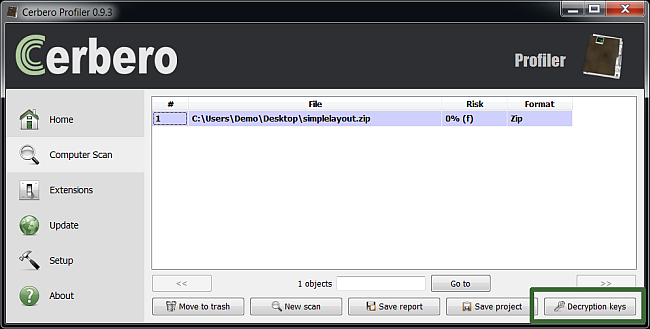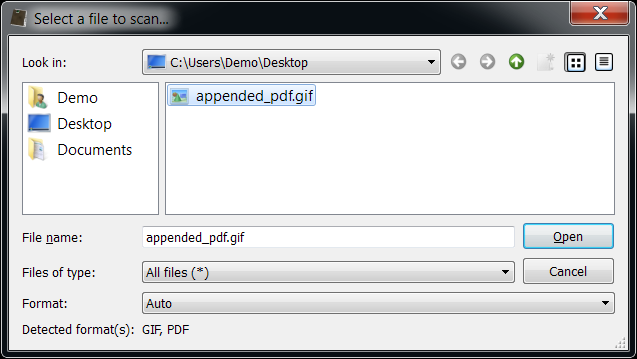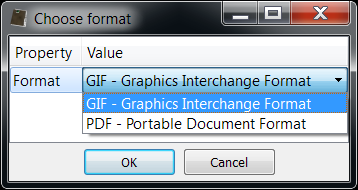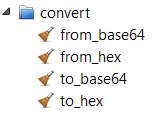The new version is out with the following news:
– added RTF support including OLE extraction and raw text preview
– added file times support and extraction in Zip archives
– added disasm options to several engines
– added support for Android Binary XML format
– exposed several disasm engines as filters
– introduced metadata strings to SDK
– exposed Zip format class to Python
– fixed module initialization problem in the SDK
Some features planned for this release were postponed for the next version (or perhaps even the version after that), because too many unplanned new features have been introduced in 0.9.4. Some of the news above need further explanations and examples, but I’m afraid posts about them will have to wait. It would be nice to show some of these new features in conjunction with other features which are planned for the near future.
In the meantime we hope you enjoy the release!














